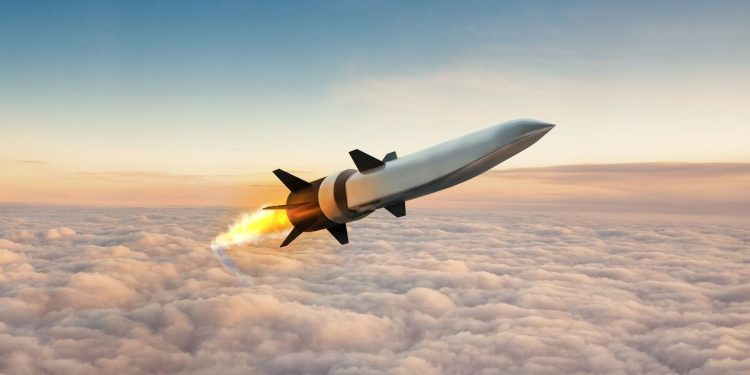In October 2021, Gen. John Hyten, then-vice chairman of the Joint Chiefs of Staff, warned that China’s military capabilities would soon surpass that of both Washington and Moscow. Hyten claimed that, within a five-year period, Beijing had conducted hundreds of hypersonic weapons tests, versus the nine completed by the US.
As the US attempts to catch up with Russia and China’s development of hypersonic weapons, US Defense Secretary Lloyd Austin plans to quicken Washington’s pace by hosting a high-level meeting with a number of defense industry CEOs on Thursday.
The primary goal of the meeting, first reported last week by DefenseOne, is to “light a fire underneath the entire hypersonic industry” and “encourage industry to pick up the pace,” according to CNN, citing two defense executives invited to attend.
A virtual meeting will be chaired by US Deputy Defense Secretary Kathleen Hicks, and will be attended by Heidi Shyu, the under secretary of defense for research and engineering.
“This meeting is part of [Hicks’] regular, drumbeat engagements with industry in key areas of innovation and modernization to strengthen relationships and discuss ways to accelerate the development of cutting-edge capabilities and new operational concepts,” Pentagon spokesperson Eric Pahon told DefenseOne in an emailed statement.
Topics will reportedly include topics ranging from “systems engineering concepts to the manufacturing workforce.”
Attendees will include Lockheed Martin, Raytheon Technologies, Boeing, Northrop Grumman, Leidos, Aerojet Rocketdyne, BAE Systems and several other big-ticket weapon-makers.
The Pentagon’s rare meeting with industry decision-makers also comes as an opportunity for Austin to deliver “brief framing remarks,” Pahon noted.
In late November, 2021, Gen. David Thompson, vice chief of space operations, asserted that the US was significantly lagging behind Russia and China in its testing of hypersonic weapons. Hypersonic missiles travel at least five times the speed of sound (approximately 3,800 miles per hour [6116 kilometers per hour]).
“We’re not as advanced as the Chinese or the Russians in terms of hypersonic programs,” Gen. Thompson said during an appearance at the Halifax International Security Forum.
Meanwhile, the US Space Force is attempting to “figure out the type of satellite constellation that we need” to track hypersonic missiles, according to Thompson. He noted that both the service’s approach and timeline would evolve as a result.











